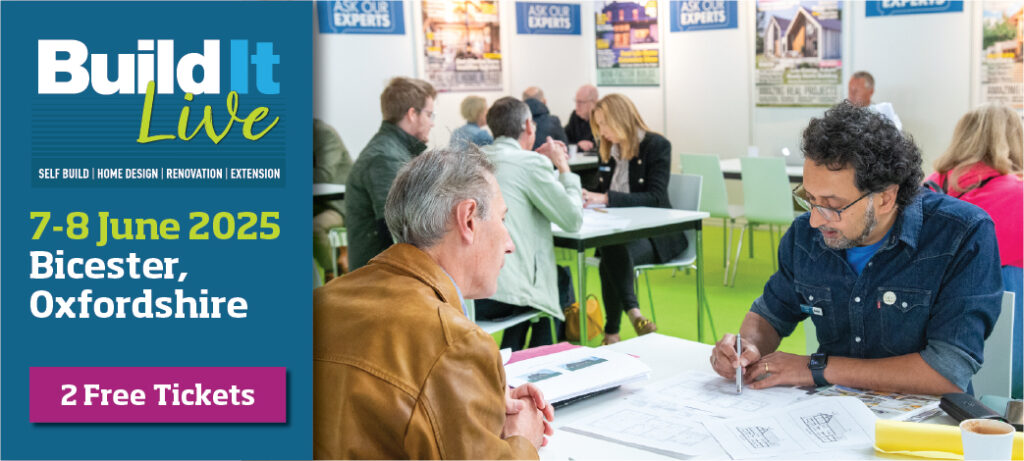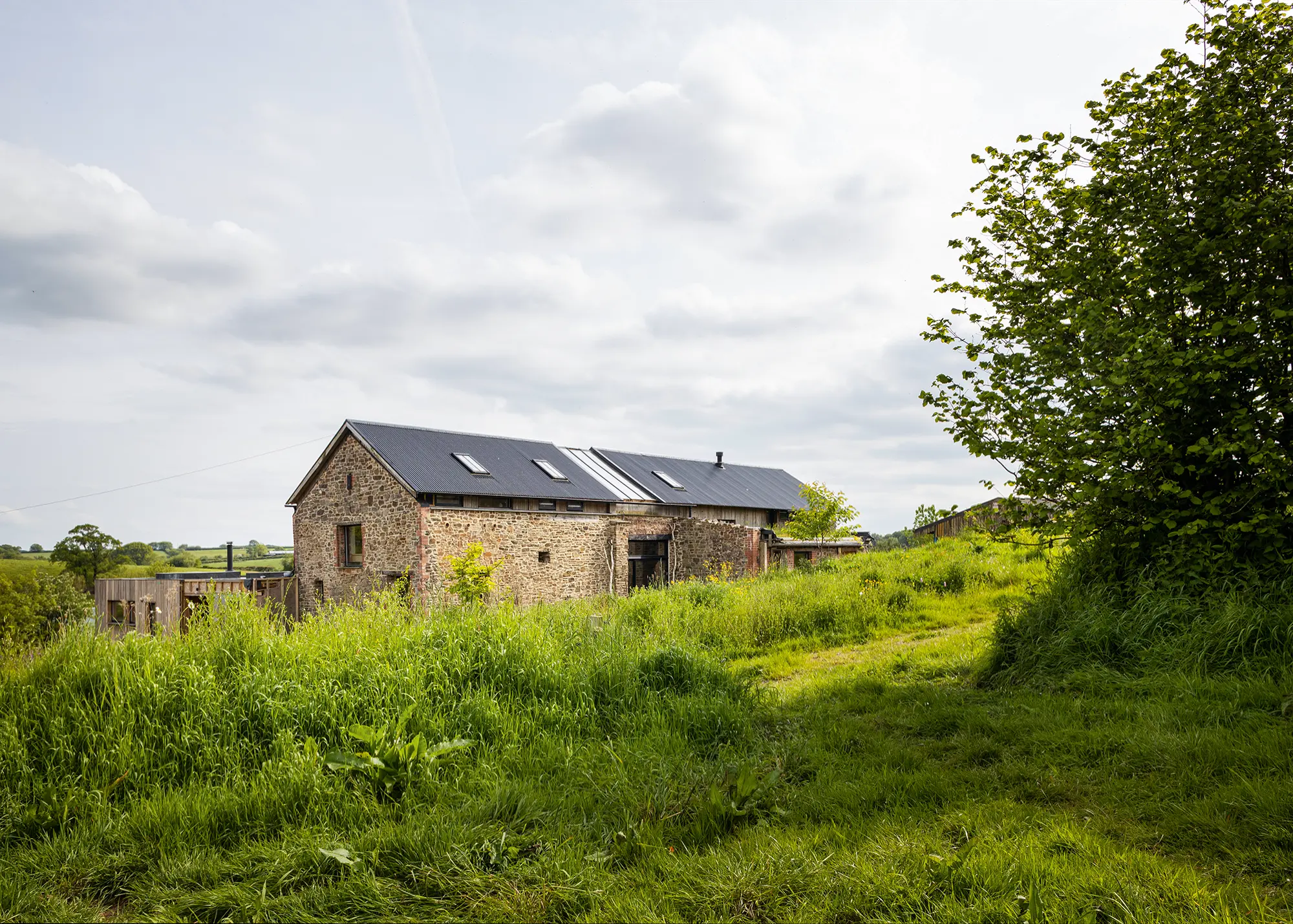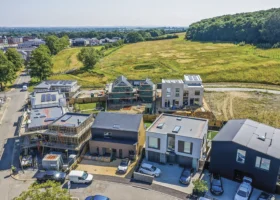
Early Bird Offer! Free tickets to meet independent experts at this summer's Build It Live
Save £24 - Book Now!
Early Bird Offer! Free tickets to meet independent experts at this summer's Build It Live
Save £24 - Book Now!Biodiversity net gain (BNG) laws have been introduced by the government throughout England to ensure that housebuilding developments do not damage wildlife habitats. BNG aims to improve the biodiversity of the surrounding land by 10% upon the build’s completion. The new law is part of the government’s Environment Act (2021) and sets out to quantifiably improve ecosystems throughout the UK.
The word biodiversity refers to the variety of living organisms that are present in a particular habitat. This includes animals (such as birds, bats and moles), insects, plants, bacteria and fungi – all of which play a fundamental role in creating a heathy, happy local ecosystem.
Actively promoting the growth and protection of these living organisms throughout development projects will preserve biodiversity for both current and future generations.
So, what does biodiversity net gain mean for self builders looking to build their own home? Here are the key details you need to know.
As of the 12th February 2024, it became a legal requirement achieve an increase in the biodiversity of a building development’s area by 10% upon its completion. This means that the development will positively impact the local environment.
A site’s biodiversity value can be measured in standardised biodiversity units. This depends on features such as the size, quality, location and type of site. These biodiversity units can be lost when undertaking a housebuilding project or generated by promoting growth of the local ecosystem through initiatives such as planting or conservation.
The government has introduced a statutory (official) biodiversity metric. This is used to measure how many units a habitat contains before development, as well as how many units are needed to replace lost habitat and to achieve 10% biodiversity net gain.
CLICK HERE TO USE THE GOVERNMENT’S BIODIVERSITY METRIC TOOL
You can reach the 10% net gain in biodiversity by adopting a variety of measures. For example, you could:
The basic principle of preserving and encouraging biodiverse habitats is something to be encouraged. However, developing and implementing BNG plans can be complex and costly – potentially adding a significant burden that large developers can bear much more easily than self builders.
When you apply to your local planning authority for planning permission for your project, you will need to confirm whether your development is exempt from biodiversity net gain (BNG) – keep scrolling to find out more about exemptions.
If your project isn’t exempt from BNG rules, you’ll have to provide details on how you’re planning on meeting the BNG objective, including information about the site-specific enhancements that you are going to make.
Learn More: How Much Does It Cost to Get Planning Permission in 2024?

Toby Diggens and Bella Lowes restored and rebuilt a derelict barn in Dorset under the Living Building Challenge, which celebrates the wider setting of a building and its ecological impact. This encouraged them to embrace natural materials and a sensitive design both inside and out, giving back to the environment throughout the build. “We chose mostly native plants, plus European species from similar landscapes, and left some bare ground for solitary bees and blow-ins,” says Toby. Photo: Simon Burt
If your local planning authority grants your project planning permission, you’ll need to put together a comprehensive plan, with supporting evidence, demonstrating how you will achieve the 10% increase in biodiversity. The local planning authority will then either approve or refuse your biodiversity net gain plan within 8 weeks. You won’t be able to start your build until the authority has come to a decision.
This plan must be managed and maintained for 30 years, commencing on the date you complete the development. If you do not meet these requirements, then the local planning authority could take action.
FIND YOUR LOCAL PLANNING AUTHORITY
The introduction of biodiversity net gain laws aims to cover the majority of housebuilding developments. However, there are certain exemptions. These include:
One-off self build homes and small custom build developments benefit from a biodiversity net gain exemption, as long as they comply with certain conditions:
Featured image: Toby Diggens and Bella Lowes‘ barn restoration project in Dorset. Photo: Simon Burt
